The Maltese are a playful, gentle dog with beautiful, pure white fur—that is until those strange reddish-brown streaks appear around the eyes. If you notice rust-colored lines around your Maltese’s eyes, your dog probably has tear stains.
This is a fairly common issue in this breed due to their eyelid and face anatomy and their narrow and tortuous tear ducts, which result in abnormal tear drainage. The stains can also show up on other coat colors, such as tan or even black, but they are more noticeable on light-coated dogs due to the visible color change in the white fur. In this article, we discuss Maltese tear stains and the signs and causes of this condition.

What Are Tear Stains?
Tear stains are the residue left behind from your dog’s ocular discharge.1 Normally, canine tears empty into the nose via the nasolacrimal duct, also called the tear duct, and travel down the throat. However, if your Maltese has an irregular eyelid structure or is experiencing an obstruction in the tear ducts, their tears may not drain as usual. Instead, the tears will streak out onto their fur, right in line with the nose. This is medically called epiphora.
Their long, white fur traps the moisture when tears stream down your Maltese’s face. This can accelerate the growth of bacteria, causing rusty-looking tear stains. Without proper care, these stains can cause skin irritation and foul odors.
Tear stains are easily noticed on white dogs, such as Maltese, but on dogs with darker fur colors, they can be more difficult to spot. When tear stains are noticed, it is important to keep an eye on your dog, as they can be a sign of other underlying medical conditions.
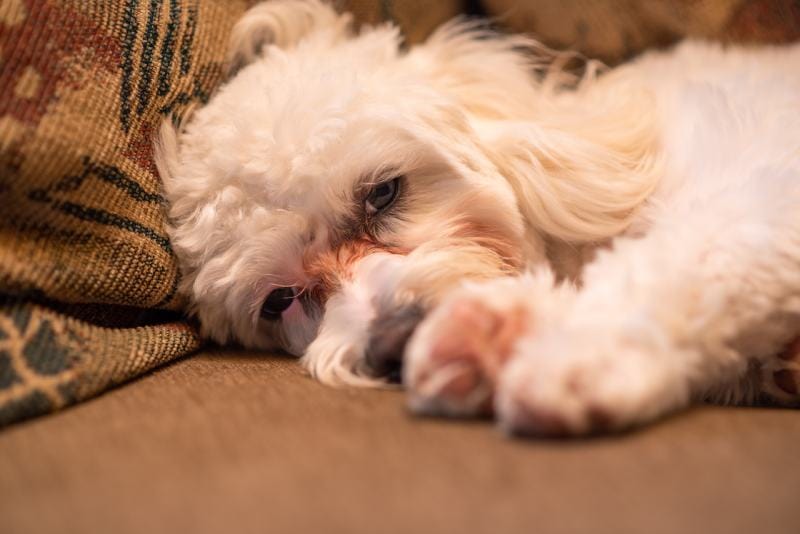
What Are the Signs of Tear Stains?
The most notable sign of tear stains is darkly colored streaks running down your Maltese’s face. If the condition progresses, you may also notice that your dog’s skin is irritated, particularly around the face. If your dog has developed irritated skin as a result of the tear stains, you may notice the following:
- Excessive itching
- Rubbing or pawing at the face
- Redness or inflammation of the skin
- Skin infection
- Scabs
- Hair loss
- Other skin lesions
Likewise, pay attention to how your dog smells. If you notice a foul odor emanating from their face, that could be an indication that they have tear stains that have progressed to a skin infection.
If your dog is showing any of these signs, we recommend speaking with a vet.
If you need to speak with a vet but can't get to one, head over to PangoVet. It's our online service where you can talk to a vet online and get the advice you need for your dog — all at an affordable price!
What Are the Causes of Tear Stains?
Most of the time, the reason for your Maltese’s tear stains is a lack of normal drainage through the tear ducts, causing them to drain down the face rather than the nose. Other times, it may be an indication that something is amiss.
Reasons that your dog may have an overflow of tears include:
- Your dog’s eye sockets are shallow.
- Your dog has excessive hair growth around their eyes.
- Your dog’s eyelids have turned inward.
- Your dog has an obstruction of the tear duct.
- Your dog’s tear duct opening is closed (imperforate punctum).
Sometimes, the presence of tear stains suggests that something is irritating your dog’s eyes and causing an overproduction of tears. There are many reasons that your dog may be tearing up, such as:
- Foreign objects inside the eye
- Conjunctivitis
- Tumors in the eyes, nose, or other facial structures
- Diseases of the eyelids
- Corneal scratches or ulcers
- Glaucoma
- Uveitis
- Eye trauma
For the most part, Maltese dogs are simply prone to tear stains, and they are rarely a sign of a greater medical issue. However, if you are ever concerned for your dog’s health, do not hesitate to contact your vet. Your dog’s tear stains appear reddish in color due to porphyrin, a dye molecule filled with iron. This molecule is regularly released in your dog’s tears, bile, saliva, and urine.
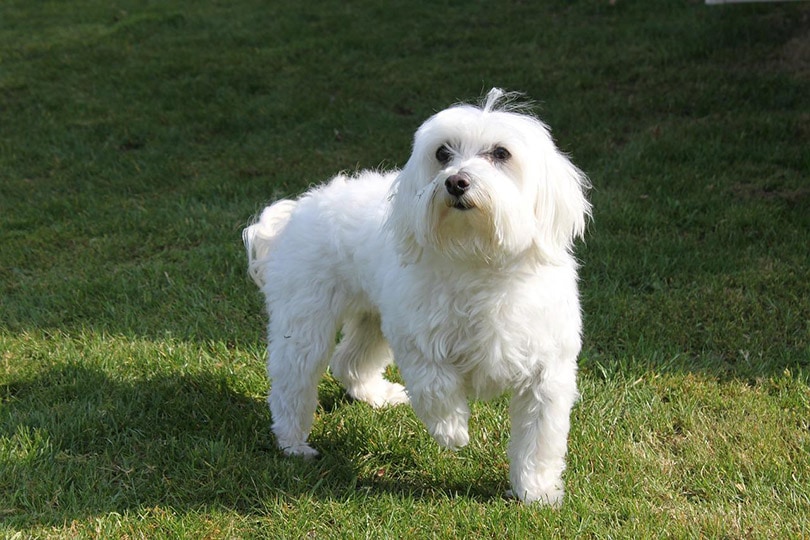
How Do I Care for a Maltese with Tear Stains?
Treatment for your Maltese’s tear stains will vary depending on the cause and the severity. If your Maltese has tear stains primarily because the breed is predisposed to them, you should consult with your vet to see if corrective surgery is necessary. If you and your vet feel that your Maltese’s tear stains are just a mild problem, the best that you can do is be vigilant about cleaning their face so the trapped moisture does not lead to skin irritation or infections.
You can purchase canine eye wipes or eye washes to keep their face clean. When using these items, always wipe them away from your dog’s eyes so you do not accidentally push the product into their eye. Talk to your vet to determine which product is best for you and your dog.
After cleaning your dog’s face, dry it. Leaving your Maltese’s facial fur wet may cause moisture to be trapped, leading to infection. You may also need to trim your dog’s facial fur regularly. This won’t stop the tear stains from forming, but it can prevent infections from taking place as a result.
However, if an underlying medical condition is causing your Maltese’s tear stains, the treatment will look different depending on the complication. The only way to determine proper treatment in this instance is to receive a diagnosis and care plan from your vet. They may prescribe an ointment to minimize the chances of your dog developing an infection, while certain conditions may require surgery to fix. If surgery is needed, you may be referred to a specialist who can provide quality care for your dog.
If your vet gives you a treatment plan, stick to it rigorously. If you stray from the plan, the issue may reappear and cause your Maltese to need more treatment. This could cost you time and money, so be sure to follow your vet’s instructions carefully.
If you need to speak with a vet but can't get to one, head over to PangoVet. It's our online service where you can talk to a vet online and get the advice you need for your dog — all at an affordable price!

Frequently Asked Questions (FAQ)
1. Can Tear Stains Be Prevented?
Tear stains are often the result of defects in the dog’s eye anatomy and poor tear drainage, so avoid breeders who encourage extreme features in the eyes or faces of predisposed breeds. If you already have a Maltese whose anatomy makes them prone to tear stains, these are not really preventable.
However, it is possible to manage the presence of tear stains through regular face cleaning and making sure your dog’s eyes are in top health. Wiping around your dog’s eyes regularly with a vet-approved product can prevent debris from accumulating.
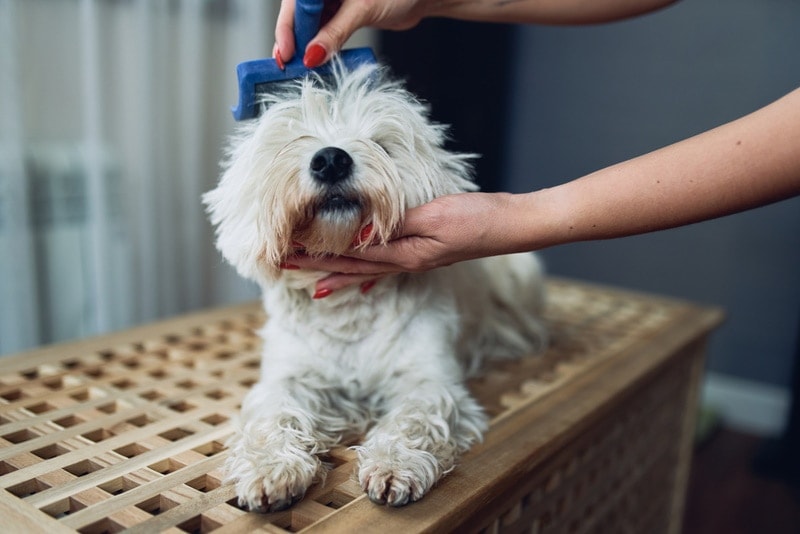
2. Which Breeds Are Predisposed to Tear Stains?
Other than the Maltese, several breeds, mostly brachycephalic (flat-faced) dogs, are prone to developing tear stains due to their anatomy.

Final Thoughts
Tear stains on your Maltese’s beautiful white fur may be unsightly, but they are usually not indicative of a significant health concern. However, there is always a chance that a medical issue is the cause of your dog’s excessive eye watering, so never hesitate to visit the vet if you are concerned.
By keeping up with your dog’s grooming and eye health, you can minimize the presence of tear stains so your Maltese feels clean and looks their best.
Featured Image Credit: Savicic, Shutterstock

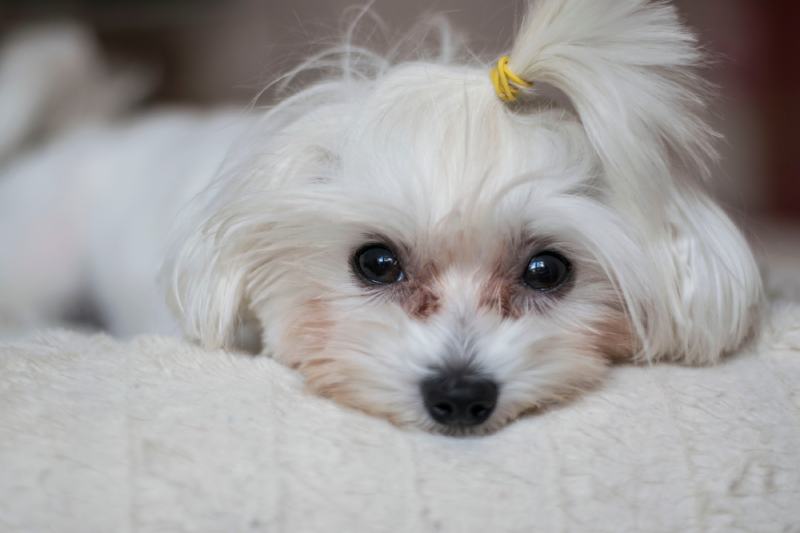


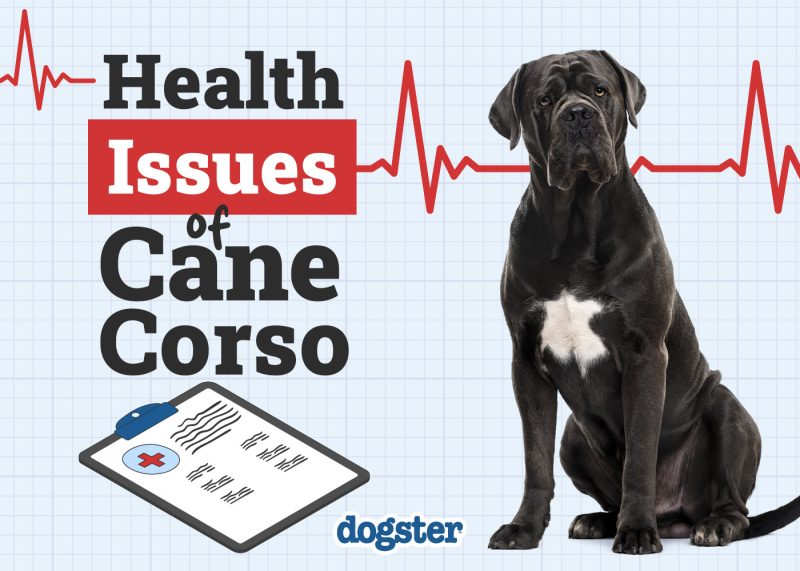


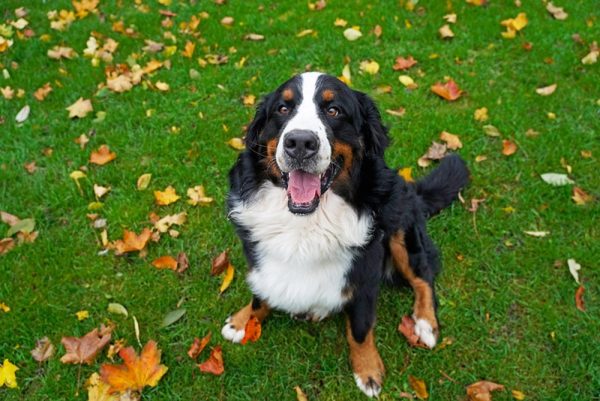

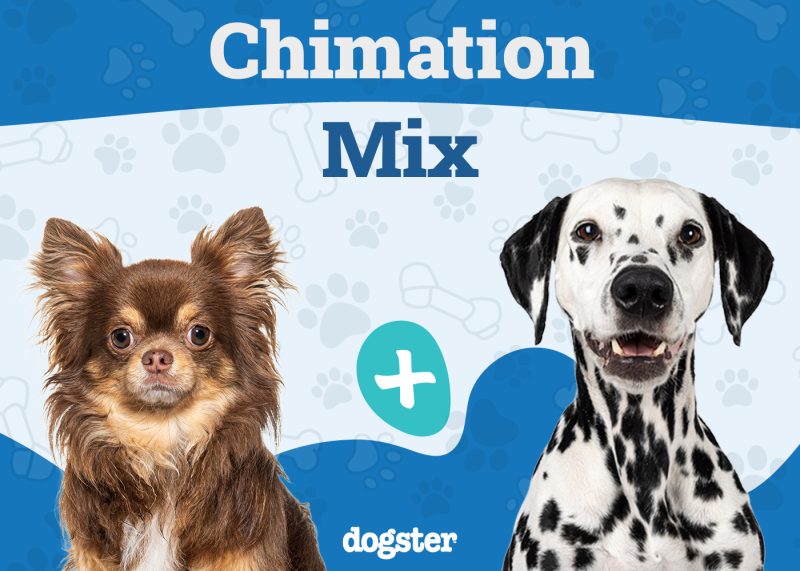
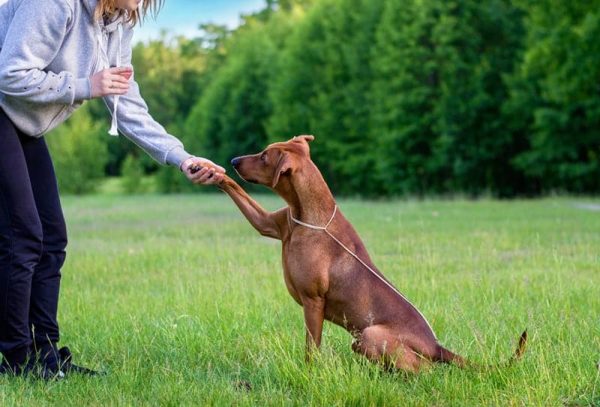

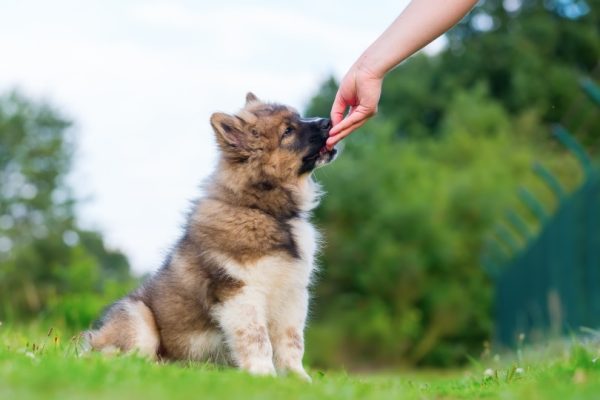

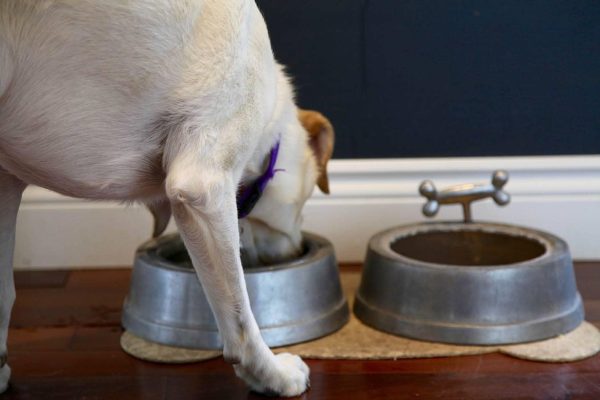






2 Responses
my maltease has suddenly started barking growling at my husband. it was before if my husband just came near me.now its when my husband starts to come into the room. He gets in the attack stance has lunged at and tries to bite him. we have had him 2 years but just now displaying this behavior. I have to settle him down his
heart is raising.he just wears himself out. will bite him for sure.